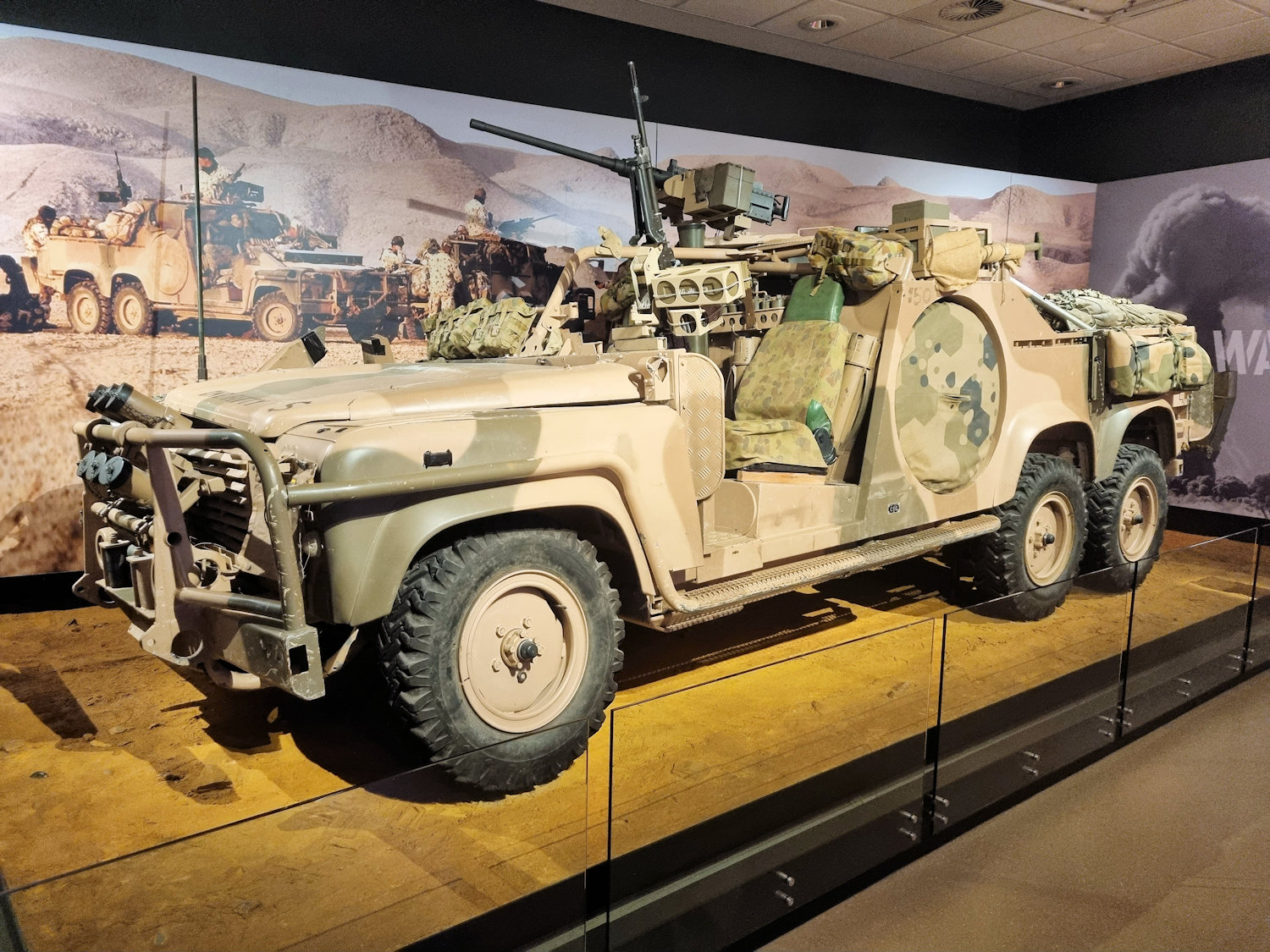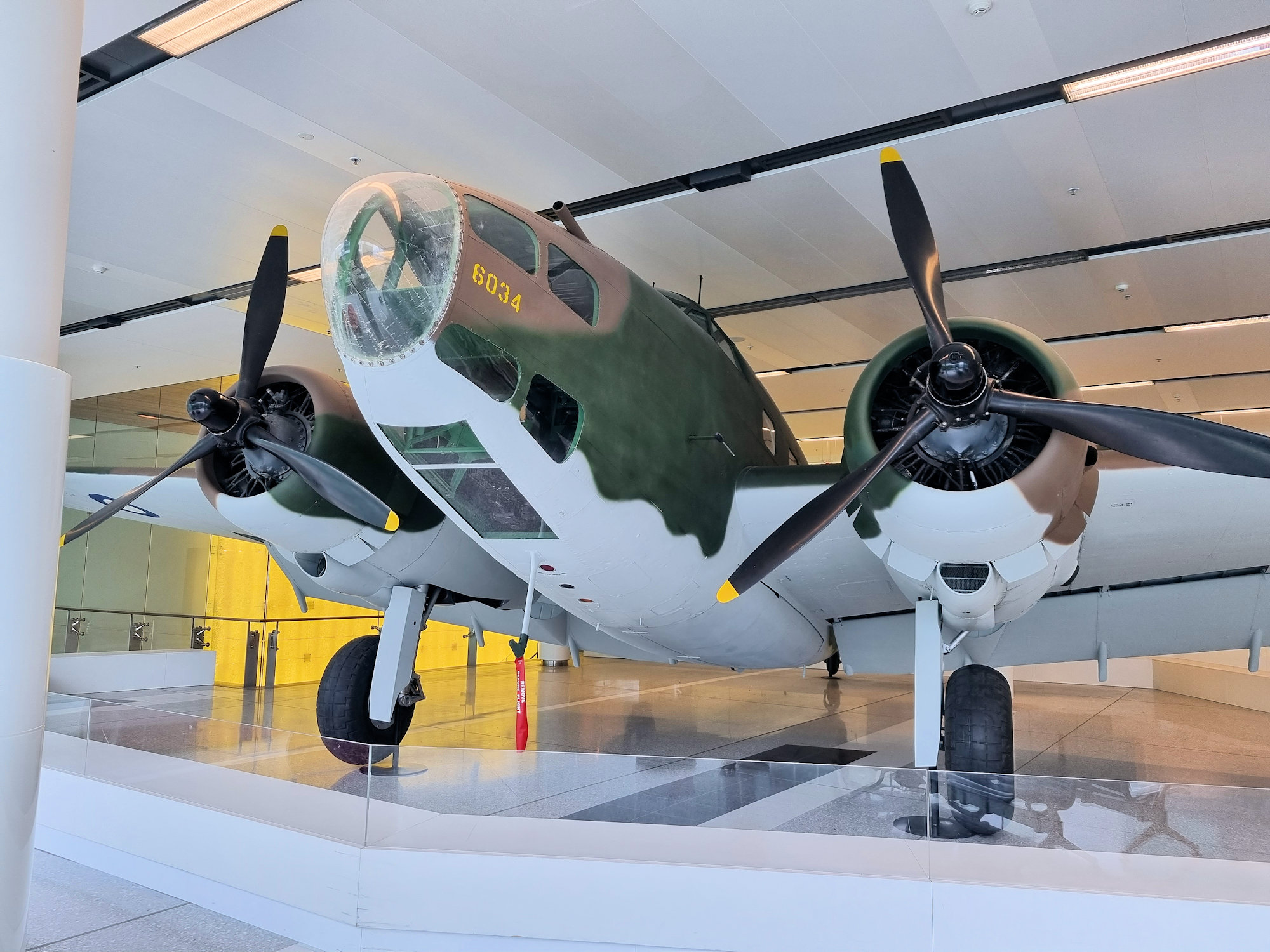Category: Aviation
Aviation aircraft aeroplane airplane helicopter balloon
-
Newcastle Williamtown Air Show 2023

Newcastle Williamtown Air Show 2023 Held over the weekend of 18-19 November 2023, the Newcastle Williamtown Air Show 2023 featured both air and static ground displays. The first days was a free community events with flying displays over Nobbys Beach and the Newcastle Harbour. Day Two had a nominal $10 entry fee to the RAAF… Read more
-
Australian War Memorial 1945 to Today

Australian War Memorial 1945 to Today During our previous trip to Canberra, the gallery “Conflicts 1945” to Today in the Australian War Memorial was closed because of the renovations. This time however, it was open, so we took the opportunity to look around. This gallery commemorates all the conflicts involving Australians from 1945 to today.… Read more
-
Canberra Airport Hudson Bomber

Lockheed Hudson Mk.IV A16-105 at Canberra Airport Something you don’t expect to see is a five-tonne bomber on the second floor of an airport terminal. However, Canberra Airport has a Lockheed Hudson bomber doing just that. Sitting at the far end of the check-in desks, it’s a monument to all of the RAAF crews who… Read more